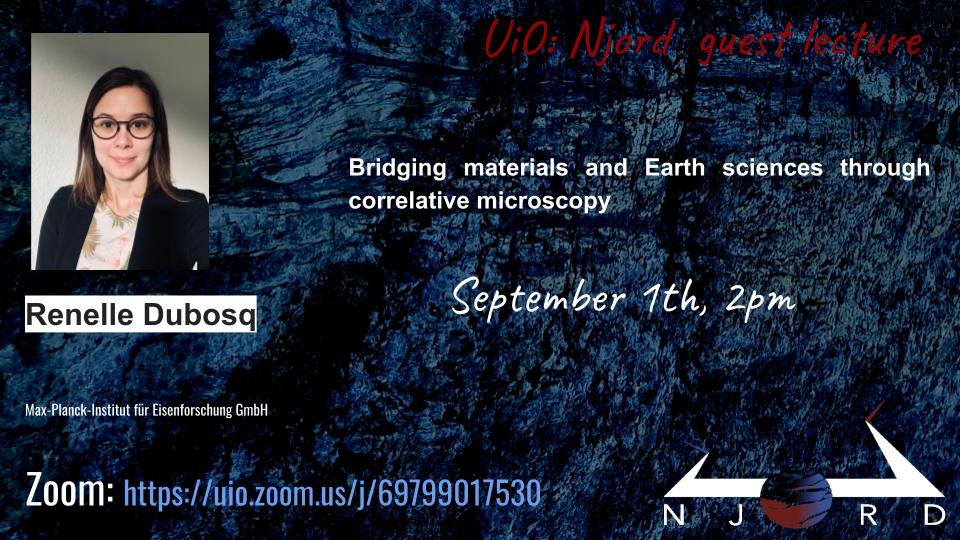Abstract:
Correlative analytical approaches involving high-spatial resolution microscopy techniques allow for the compositional measurements and spatial imaging of minerals at the near-atomic scale. By combining electron backscatter diffraction (EBSD) mapping, electron channeling contrast imaging (ECCI), scanning transmission electron microscopy (STEM) and atom probe tomography (APT) on various mineral systems, I have successfully documented element mobility regulated by structural defects. Although these techniques were initially developed in the materials sciences, they are now being applied to a broad range of applications within many subdisciplines of geosciences including geochemistry, geochronology, and economic geology. In one set of experiments, I applied a correlative approach on naturally deformed pyrite from an orogenic gold mine in northern Canada to assess the impact of crystal-plastic deformation on the remobilization of trace elements. This study has led to proposing a new paragenetic model for metallic ore deposits in which deformation creates nanostructures that act as traps for base- and precious-metals. Applying this approach on fluid inclusion-rich pyrite, I have also discovered new fluid hardening processes, whereby fluid inclusions and subsequent trace element mobility immobilize dislocations, which contrasts to the more commonly reported weakening effect of fluids on minerals. More recently, I have applied the same suite of analytical techniques to naturally deformed garnet porphyroclasts from an eclogite facies mylonite, central Australia, to investigate the mechanisms of brittle fracturing in the lower crust. The results demonstrate the enhanced diffusion of major elements along recrystallized grain boundaries, leading to the nucleation of element clusters that act as barriers for migrating dislocations and therefore to strain-hardening and mechanical failure. The interactions between elements and structural defects play a vital role in determining the mechanical properties of minerals. These sub-nanometer scale exchanges consequently control meso- to tectonic-scale geological processes. This innovative research not only highlights the latest advancements in analytical microscopy resolving long-standing geological problems but also brings us closer to bridging the gap between the fields of materials sciences and geosciences.
You will find the complete schedule for Njord Seminar Series fall '22 here.
To get news, invitations to seminars and more from Njord, please go here to subscribe to our newsletter.
